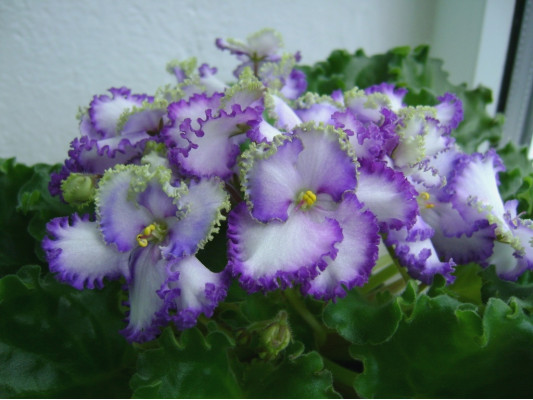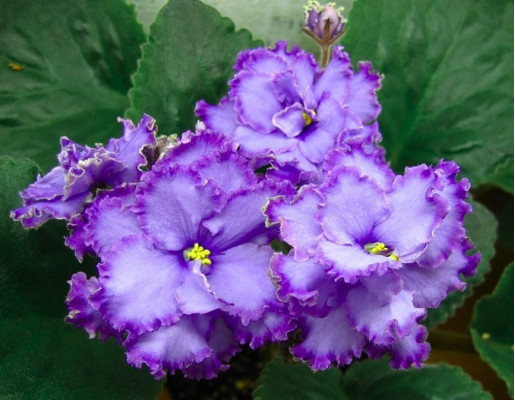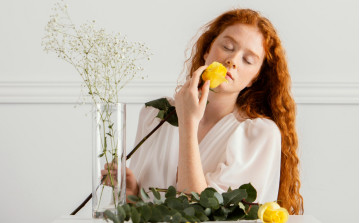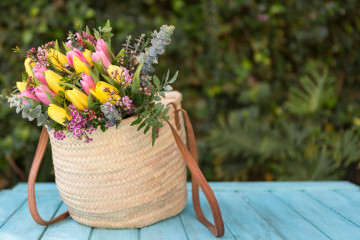Flower from a leaf
A little over a hundred years ago, the history of the violet familiar to all began....
The first plants, which were soon shipped to Germany, belonged to two different species of natural senpolia - Saintpaulia ionantha and Saintpaulia confusa. From these two species came most of the modern varieties.
For many years, the flower of senpaulia practically did not change - remained simple shape, blue or purple coloring. In the mid-thirties in America appear the first hybrid varieties of senpolia with flowers of blue and violet shades, in the early forties - with pink and white flowers and not only simple, but also terry.
Not only flowers, but also the leaves of senpolia are diverse. They can be different colors, round and elongated, flat and corrugated. Unusual variegated plants, on their leaves, which in some places do not contain chlorophyll, are seen correct or chaotic patterns of white, yellow, golden and pink coloring. Senpolia varieties with a white stripe along the edge of the leaves are particularly elegant.
Of all the variety of amazing properties senpolia does not yet have one of them inherent in other flowers - it does not smell. There is no bright yellow senpolia. Known only one variety with light yellow flowers-bells Chantaspring, yes in the coloring of some flowers can be seen yellow spot in the center or discern on the surface of the petals yellow diverging rays.
The rapid spread of senpolia is facilitated by the simplicity of its reproduction. It is enough to break off a healthy leaf with a petiole, better under the peduncle, and put in boiling water with a tablet of activated charcoal or immediately planted in a light soil mixture, as after some time there will be not a few young plants-details. This is how violets reproduce in nature, when during the rainy season streams of water tear off leaves or whole plants and carry them to a new place
31-07-2025
Flowers for yourself31-07-2025
What flowers to give to girls30-06-2025
What flowers to give in summer

-451x400.jpg)
-577x400.jpg)
-454x400.jpg)
-603x400.jpg)
-533x400.jpg)
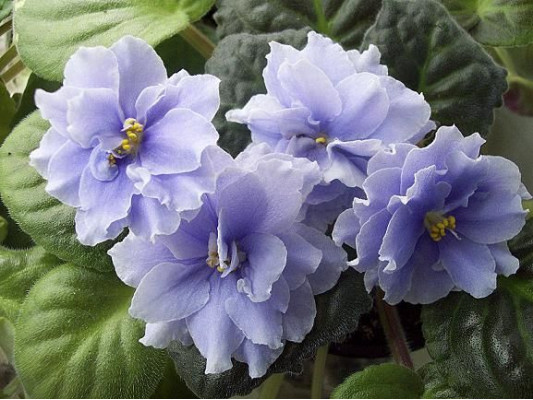
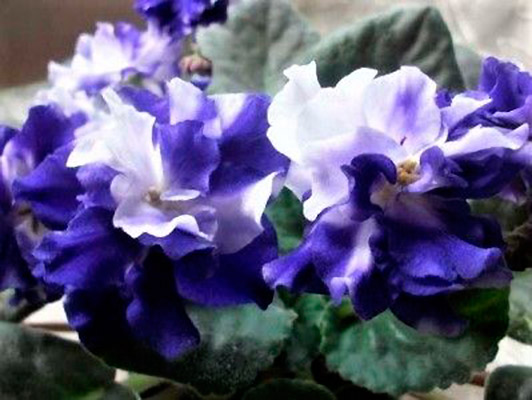
-470x400.jpg)
-533x400.jpg)
-600x400.jpg)
-533x400.jpg)
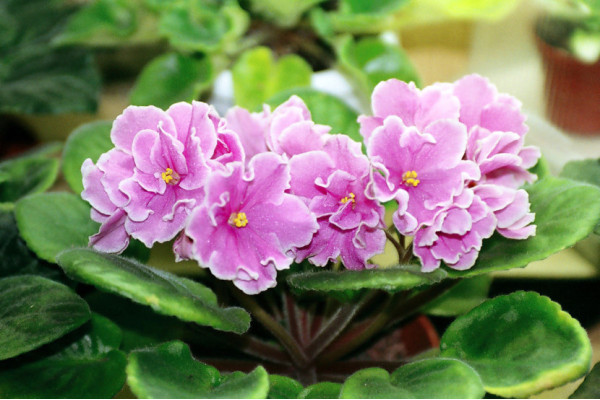
-556x400.jpg)
